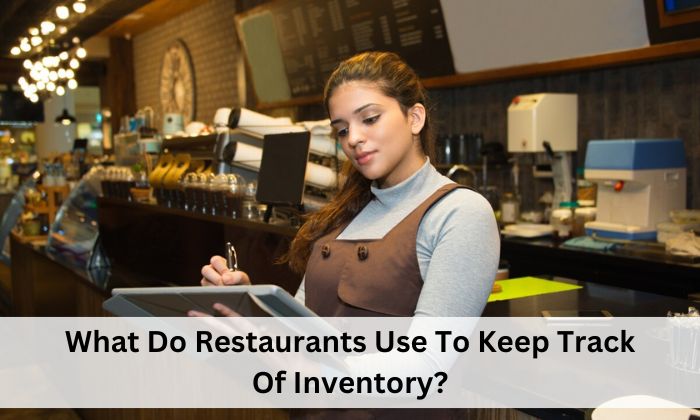The hidden icon of any restaurant business, from a food truck to a ghost cook, is the person who manages the goods. It’s the strange knowledge in the manager’s eye and the menu’s crystal ball of clever options.
| Tips | Description |
| 1 | Invest in quality inventory and kitchen management software for efficiency. |
| 2 | Hire trustworthy staff with attention to detail and math skills. |
| 3 | Consistently track inventory to ensure accurate kitchen insights. |
| 4 | Have a backup system, like manual inventory sheets, ready. |
| 5 | Leverage data trends to optimize ingredient usage and profitability. |
What Is Restaurant Inventory Management?
Food inventory management is the process of finding, keeping track of, and charging for all of a restaurant’s ingredients. In a restaurant, food inventory needs to be tracked and measured like product inventory is tracked in a store that sells things or clothes. Managing a restaurant’s inventory does three significant things:
- Keeping an eye on and controlling food costs
- Always keeping track of the amount of ingredients
- Keeping track of and preventing food waste
Inventory Types For Restaurants
When it comes to a restaurant, what exactly is “food inventory”? It starts with any item used to make the end product your hungry customers see on their plates. Other things, like cooking equipment, can also be included. Any of the following can be in a food inventory:
- Fruits, veggies, meats, and chicken
- Meat, beans, and rice that are dry
- Add-ons like spices, herbs, and other
- Liquids like booze, soda, and drinks
- Kitchen tools and equipment
- Dishes, linens, and cooking tools
Different types of restaurants will have different amounts of food on hand. For instance, if you compare food trucks to traditional restaurants, this type of business will need fewer supplies to run, lowering some of the costs of doing business.
How To Track Inventory At A Restaurant
Restaurant owners and managers must keep track of their stock to run a successful business. If you don’t keep track of your goods well, you might buy too much food and lose it, or too little food, making customers angry and running out of menu items.
Calendars, inventory management software, and other technologies may help you run your firm. This blog article will compare various methods and their benefits and downsides to help you select the best one for your business.
Spreadsheets
Spreadsheets make stock tracking simple and affordable for restaurants. You may create and customize them for your restaurant using Microsoft Excel, Google Sheets, Numbers, or other applications. Spreadsheets are inexpensive, simple to use, and enable you to create formulae and scripts to ease tasks.
Spreadsheets can also take a lot of time and make mistakes. They must be updated by hand, and it can be challenging for multiple people to share them. Also, businesses that change their stock a lot might not want to use them because it can be hard to keep up with everything by hand.
Managing Inventory Software
Inventory management software is made to meet the needs of businesses and is better than spreadsheets in many ways. This software does much of the math to see your goods and earnings rates more clearly. It also gives you real-time info on your inventory and makes reports, making it easier to know where to change your inventory amounts.
Also, inventory management software usually works with point-of-sale (POS) systems. This makes it easier to keep track of sales and change inventory amounts as needed and lowers the chance of making faults when entering data. There is also more safety and security with this kind of software than with spreadsheets, which anyone with a computer can easily view.
Some businesses might want to avoid using inventory management software because it costs a lot. You can either pay a monthly fee or buy it all at once. Another thing is that this program might take some time to learn because it needs a certain amount of technical know-how.
If you work with exemplary service, though, they’ll be able to find a solution that fits your budget and train your inventory staff so that the change is quick and easy. Some business partners will even take care of the whole accounting process so you can focus on what you do best.
Various Technologies
Sheets and inventory management software aren’t the only ways eateries may monitor stock. These include barcode scanning technologies that help restaurants monitor stock.
Barcode scanning technologies simplify stock tracking and management in restaurants with plenty of merchandise. They also streamline product monitoring and modifications, reducing data entry errors.
Many tools and approaches may assist your organization in tracking stock. The optimal method for your organization depends on its size, stock tracking, and budget.
To determine the best method for your company, weigh the advantages and downsides and how they match your requirements. A trustworthy, effective, and straightforward strategy is crucial for corporate supply management.
Conclusion
A successful restaurant must control pricing, garbage, and food inventories. Simple spreadsheet companies, implicated inventory management technologies, and barcode scanning systems have perks and downsides. Choosing a method that works and fulfills corporate goals is crucial.
